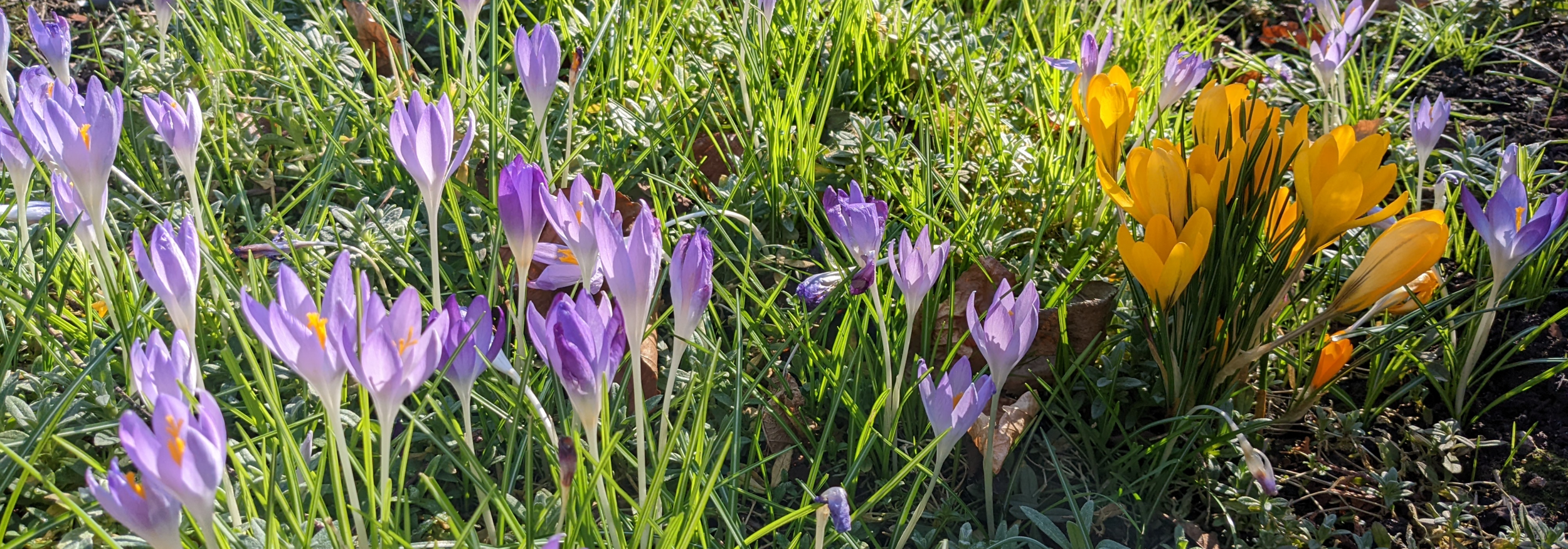Christmas Trees
/Christmas Tree, anon, 1848, Webster Museum
This Christmas, many of us will have a Christmas tree in the house, whether real or artificial. In my family, one of the Christmas rituals is bringing the tree in a few days before the big day and I have many memories of struggling (alone usually, everyone else having disappeared) with a tree precariously wedged into a bucket, trees that have dropped all their needles by Christmas Day, decorations only reaching half way up the tree because that was as far as little hands could reach & trees tipped over with a cat innocently washing their paws nearby. Artificial trees might be easier to manage (though I am sure a cat can bring them down too and their horizontal branches make a good resting place) and certainly look better than they used to, but I am a fan of the real thing, especially now that different varieties ensure less of a mess from needle drop and fancy containers consign the bucket filled with bricks to the distant past!
Many of us know that the custom of having a Christmas tree in the home was introduced to Britain from Germany, though it really took off after Queen Victoria and Prince Albert set up a tree for their children at Windsor Castle in 1841. Celebrity culture was alive and well even then! But how did the tradition start?
No one is really sure, but evergreen plants have long been associated with winter festivals, symbolising life during the darkest time of the year. Wreaths and garlands were used to decorate homes in a number of ancient cultures and the worship of trees was common in Europe before Christianity arrived. In Scandinavia, evergreen plants of all kinds were used at New Year to keep the Devil away. In some parts of Europe, the Yule tree, a living tree decorated with candles symbolising the sun, moon and stars, was placed at an entrance or inside the house during the midwinter holidays.
In the early church, these customs were frowned upon due to their links with paganism, but by the early Middle Ages, this had changed, the fir tree becoming a symbol of the love of God. Christmas Eve was the feast day of Adam and Eve, and plays celebrating both the birth of Jesus and creation became a tradition throughout Europe, often with a tree at the heart of them. The first documented use of Christmas trees was in Latvia, where they were put into town squares, danced around and then set on fire - not something to be recommended at home! When in the 16th century, the plays were banned in many towns, people moved their ‘paradise’ (as they were often known) tree indoors.
From then on, the tradition spread. In Germany, trees were decorated with fruit, nuts, paper flowers, fine glass ornaments, sweets and pastry wafers symbolising the eucharist, with a baby Jesus placed at the top of the tree. Lights were added in the form of candles – some say because Martin Luther saw stars shining through the branches of trees and wanted to recreate that for his family. Gradually gifts were placed beneath the tree and in the USA in particular, it became the focal point of the home, as seen in many Christmas films.
The traditional Christmas tree is the Norway spruce (Picea abies), but this is renowned for needle drop once it reaches the sitting room – it is best purchased in mid-December onwards and bought inside close to Christmas. The Nordmann fir (Abies nordmanniana) retains its needles well and has a lovely traditional shape. It is more expensive than the Norway spruce, but can be put inside much earlier. The Serbian spruce (Picea omorika) has an open and upright shape and is great for small rooms and corridors, whilst the Alberta white spruce (Picea glauca) is compact, ideal for tabletops and windowsills.
If the tree you buy has no roots, cut the bottom 5cm off the stem and keep it watered, so that it can remain hydrated and fresh. Do check the container regularly as the trees didn’t evolve to be placed in centrally heated homes. If you buy a tree in a pot to keep for another year, try to find one marked as a container grown tree. The roots will not have been massacred by a digger and it will live longer.
Merry Christmas and a very Happy New Year to you all from The Potting Shed!


